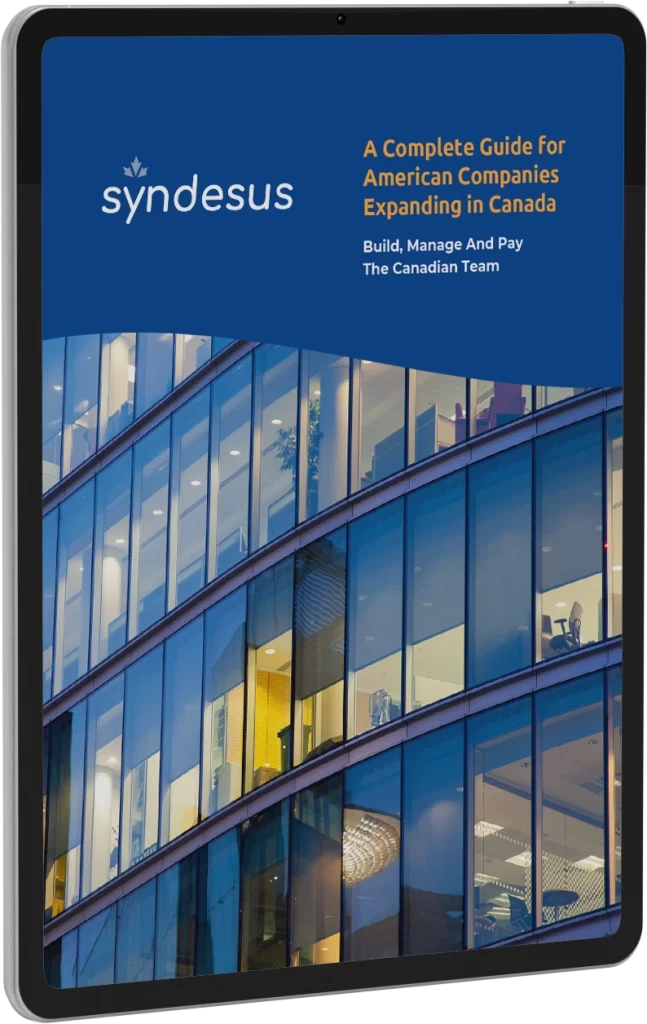If you’re an Asian tech professional stuck in the U.S. green card backlog, you’re not alone. And here’s what nobody is telling you: changing presidents doesn’t change your wait time.
The data is clear.
Between June 2017 and September 2024, over 38,000 U.S. residents received Canadian work permits through the Global Skills Strategy program. Only 2,181 were U.S. citizens. The rest? Foreign workers like you seeking a better immigration pathway.
What’s striking is the consistency: 17,076 approvals during Trump’s first term vs. 18,817 during Biden’s administration. The Logic’s comprehensive analysis confirms what many of us already suspected—this isn’t about politics. It’s about fundamental flaws in the U.S. immigration system that no administration has fixed.
Why You’re Stuck: The Numbers Behind Your Green Card Delay
Let’s be direct about why you’re in this situation:
If you’re from India, you’re looking at more than a DECADE of waiting for your green card.
If you’re from China, you’re still facing YEARS of uncertainty.
Why? Because the U.S. limits any single country to just 7% of all employment-based green cards annually—regardless of how many qualified applicants come from that country. This isn’t speculation; it’s mathematical certainty.
“That’s why there’s a lot of movement of tech workers from the U.S.,” explains Henry Chang, a Toronto-based partner at Dentons law firm. “They’re getting fed up with the wait.”
Meanwhile, the H-1B lottery gives you annual anxiety. With just 85,000 visas available and selection based on chance rather than merit, even world-class talent is left to the luck of the draw.
The professional toll is immense: limited career mobility, inability to start your own venture, constant anxiety about maintaining status, and life decisions perpetually on hold.
The GTS Alternative: A Pathway Designed for Your Skills
While the U.S. system keeps you waiting, Canada created the Global Talent Stream (GTS) specifically to welcome professionals like you.
The program delivers what tech workers need most:
- SPEED: Two-week processing times for work permits
- CLARITY: Transparent requirements for qualifying positions
- CERTAINTY: No arbitrary caps or lotteries
- FUTURE: Clear pathway to permanent residency typically within 1-2 years
“The U.S.’s loss with H-1Bs is Canada’s gain,” notes Chang. This isn’t just lawyer talk—it’s backed by immigration department data showing that since 2017, nearly 33,000 Indian and over 4,000 Chinese professionals have received work permits through Canada’s Global Skills Strategy.
What This Means For Your Career Path
When considering the Canadian option, remember these practical advantages:
- Your skills are evaluated on merit, not luck or country of birth
- You don’t need employer sponsorship to apply for permanent residency
- Your spouse can typically obtain an open work permit
- Your children have access to Canada’s education system
- You maintain proximity to the U.S. tech ecosystem
Many U.S. tech companies have adapted to this reality by establishing Canadian satellite offices. “The primary driver is wanting to be in the same timezone, or at least in the North American market,” explains Audrea Golding, a partner at Fragomen.
This means you can often continue working with your current employer while establishing Canadian permanent residency—giving you both career continuity and immigration certainty.
The Syndesus Approach: Beyond DIY Immigration
For many Asian tech professionals, navigating yet another country’s immigration system feels overwhelming. This is where specialized support becomes valuable.
Syndesus has helped over 100 tech professionals successfully relocate from the U.S. to Canada through the GTS program. Their comprehensive approach addresses the practical concerns most Asian tech workers share:
- Eligibility assessment that accounts for your specific background
- Documentation preparation that meets exacting Canadian standards
- Employer coordination to satisfy program requirements
- Relocation support for you and your family
Unlike the uncertainty you’ve experienced with the U.S. system, the Canadian pathway offers predictability—a quality that’s particularly valuable for professionals who’ve spent years in immigration limbo.
Looking Forward: What You Need to Know
While Trump’s return to office raises questions about U.S. immigration policy, the structural issues—H-1B caps and country-based green card limitations—remain unlikely to change in the near term.
At the same time, be aware that Canadian immigration attitudes are evolving. The federal government is moving to reduce both temporary and permanent resident numbers, which means the optimal window for this strategy may not remain open indefinitely.
Taking the Next Step
If you’ve spent years waiting for U.S. immigration reform that never seems to arrive, consider this: the data shows that over 38,000 people in your situation have already found a solution through Canada’s Global Talent Stream.
The consistency of this migration across different U.S. administrations tells you something important: this isn’t a temporary trend but a structural solution to a structural problem.
For Asian tech professionals caught in the U.S. immigration backlog, Canada’s GTS program represents not just an alternative pathway, but potentially a superior one—offering the certainty and timeline that your career deserves.
About Syndesus: Syndesus specializes in helping tech professionals navigate the Global Talent Stream program for relocation to Canada. Having successfully assisted over 100 tech professionals in their transition from the U.S. to Canada, we provide comprehensive support throughout the immigration and relocation process. Reach out for a free consultation today.
